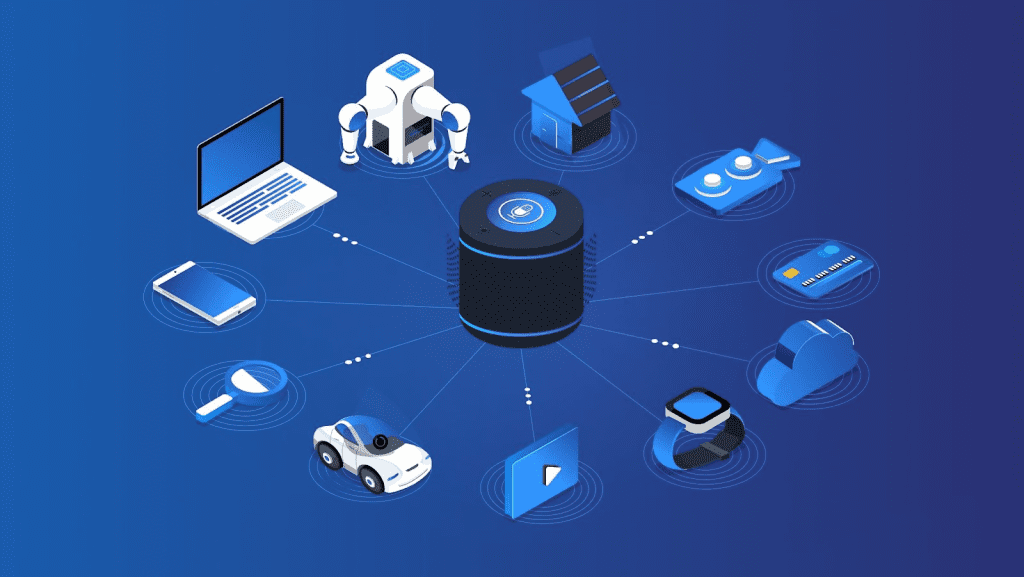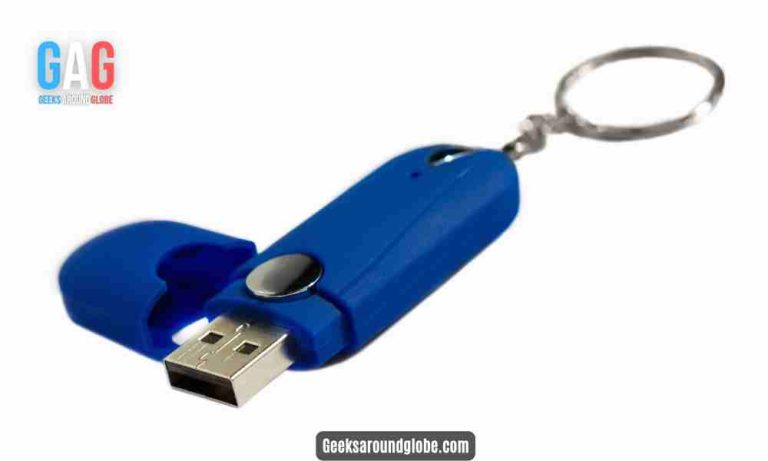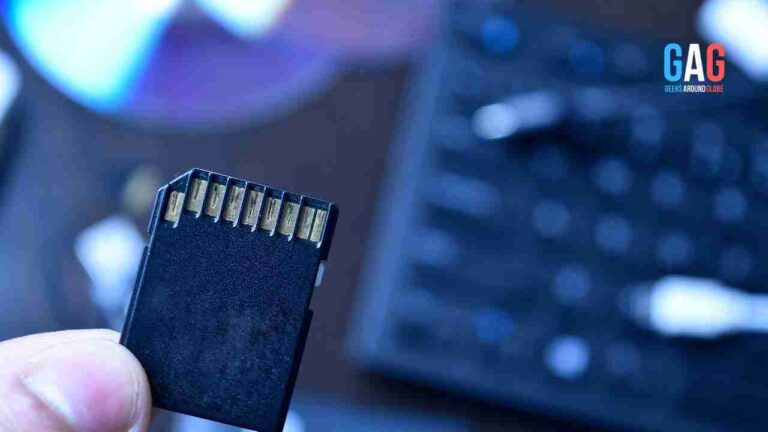
IoT devices have become an integral part of our daily lives, with their ability to communicate with each other over the internet, enabling them to perform complex tasks and exchange data. However, managing these devices can be a challenging task, especially for businesses with multiple devices to oversee. In this article, we will delve deeper into each of the steps involved in managing IoT devices effectively.
Define Your Device Ecosystem
The first step in managing IoT devices is to define your device ecosystem. This involves identifying all the IoT devices in use and their roles. Understanding the devices in your ecosystem is essential as it enables you to create a comprehensive inventory of devices and determine their potential impact on your business operations.
It is also necessary to classify the devices based on their importance to the business and their associated risks.
Use Device Management Platforms
Device management platforms (DMPs) are tools designed to manage IoT devices efficiently. DMPs provide features such as remote device management, firmware updates, and real-time device monitoring.
By using a DMP, businesses can centralize the management of their IoT devices, reducing the time and resources required to manage them manually. It is necessary to choose a DMP that is compatible with the devices in your ecosystem and has features that meet your business requirements.
Prioritize Security
IoT devices are vulnerable to cyber-attacks, making security a top priority. Ensuring that your devices are secure involves implementing best practices such as using strong passwords, enabling two-factor authentication, and updating firmware regularly.
Additionally, it is vital to invest in security solutions such as firewalls, intrusion detection systems, and anti-malware software to protect your devices from potential threats. It is also necessary to consider the security implications of the devices on the larger network and implement measures to secure the network as a whole.
Monitor Device Performance
Monitoring the performance of your IoT devices is crucial as it enables you to identify potential issues before they become problems. This involves tracking device metrics such as battery life, data usage, and network connectivity.
It is necessary to establish a baseline performance for each device and set thresholds for deviations from this baseline. Alert mechanisms should also be set up to notify the relevant parties of any deviations from the baseline.
Implement Automation
Automation can significantly improve the management of IoT devices. By automating tasks such as software updates, backups, and data management, businesses can reduce the workload associated with managing IoT devices manually.
Automation can also enhance security by enabling the automatic application of security patches. It is necessary to identify tasks that can be automated and establish rules for automating these tasks. It is also essential to ensure that the automation processes are regularly tested and monitored for efficacy.
Establish Clear Policies and Procedures
Clear policies and procedures are crucial in managing IoT devices effectively. Establishing policies and procedures such as device usage guidelines, access controls, and incident response protocols ensures that everyone in the organization is on the same page regarding the use of IoT devices.
Clear policies and procedures can also reduce the risk of human error, ensuring that devices are managed securely and efficiently. It is essential to regularly review and update these policies and procedures to ensure that they are current and effective.
Keep Records
Keeping records of your IoT devices is essential in managing them effectively. Records such as device configurations, firmware updates, and incident reports enable businesses to track device usage, identify potential issues, and maintain compliance with industry regulations.
It is necessary to establish a record-keeping system that is easily accessible and searchable. The records should be regularly reviewed and updated.
Train Your Staff
Training staff on the proper use and management of IoT devices is crucial in ensuring their effective management. Staff training should cover topics such as device security, usage guidelines, and incident response procedures. By training staff, businesses can reduce the risk of human error, improve security, and ensure the efficient management of IoT devices.
Continuously Improve
Managing IoT devices is an ongoing process that requires continuous improvement. Regularly reviewing and updating policies, procedures, and device configurations enables businesses to keep up with changing technology and security threats.
By continuously improving their device management practices, businesses can enhance security, reduce downtime, and improve the overall management of IoT devices..
Plan for the Future
Planning for the future is essential in managing IoT devices effectively. This involves anticipating future device needs, identifying potential risks, and planning for device upgrades and replacements.
By planning for the future, businesses can ensure that they have the resources and strategies in place to manage their devices effectively in the long term. It is necessary to establish a device lifecycle management plan and ensure that the plan is regularly reviewed and updated.
Conclusion
Managing IoT devices is crucial in ensuring their effective and secure use. Effective device management enables businesses to improve productivity, reduce downtime, and enhance security, ensuring the safe and effective use of IoT devices in the long term.
With the increasing use of IoT devices, effective device management has become a critical business requirement, and businesses that implement effective device management practices can stay ahead of the curve and enjoy the benefits of this technology.







